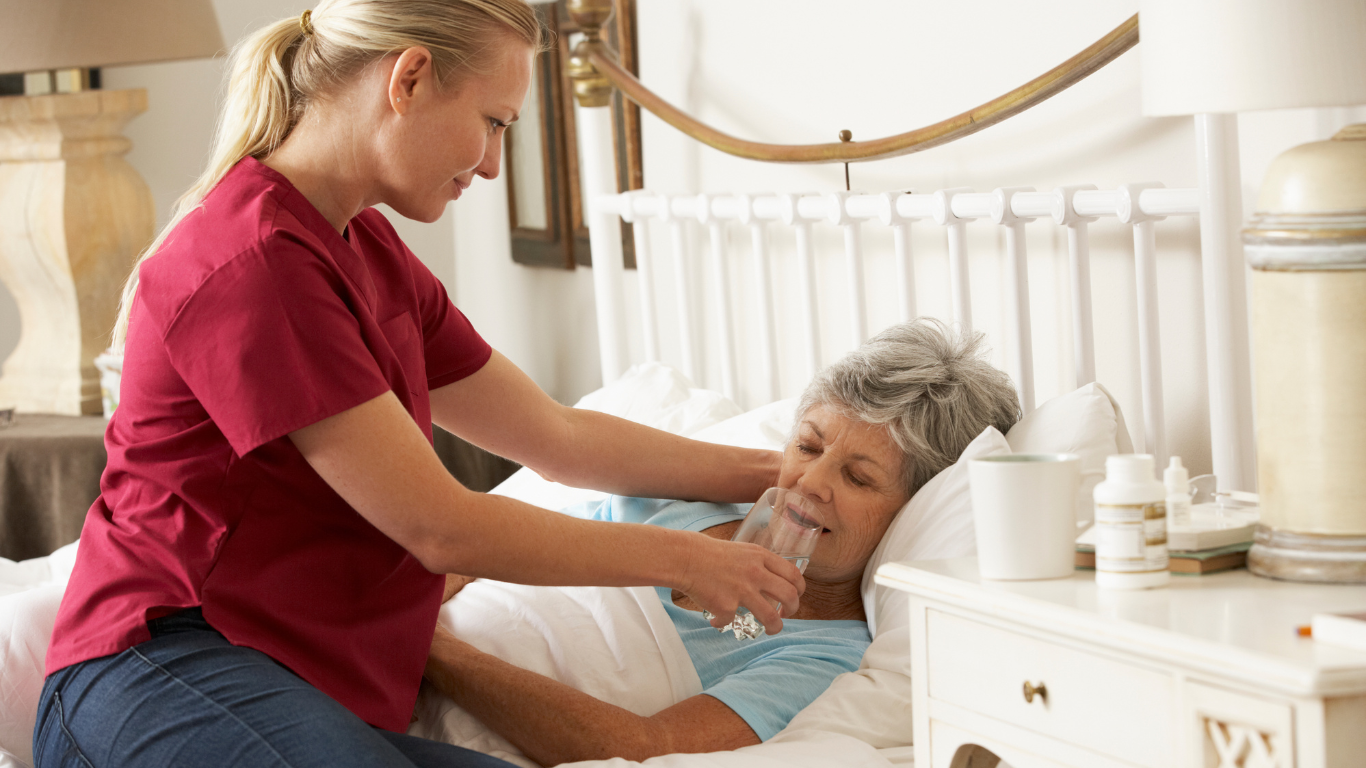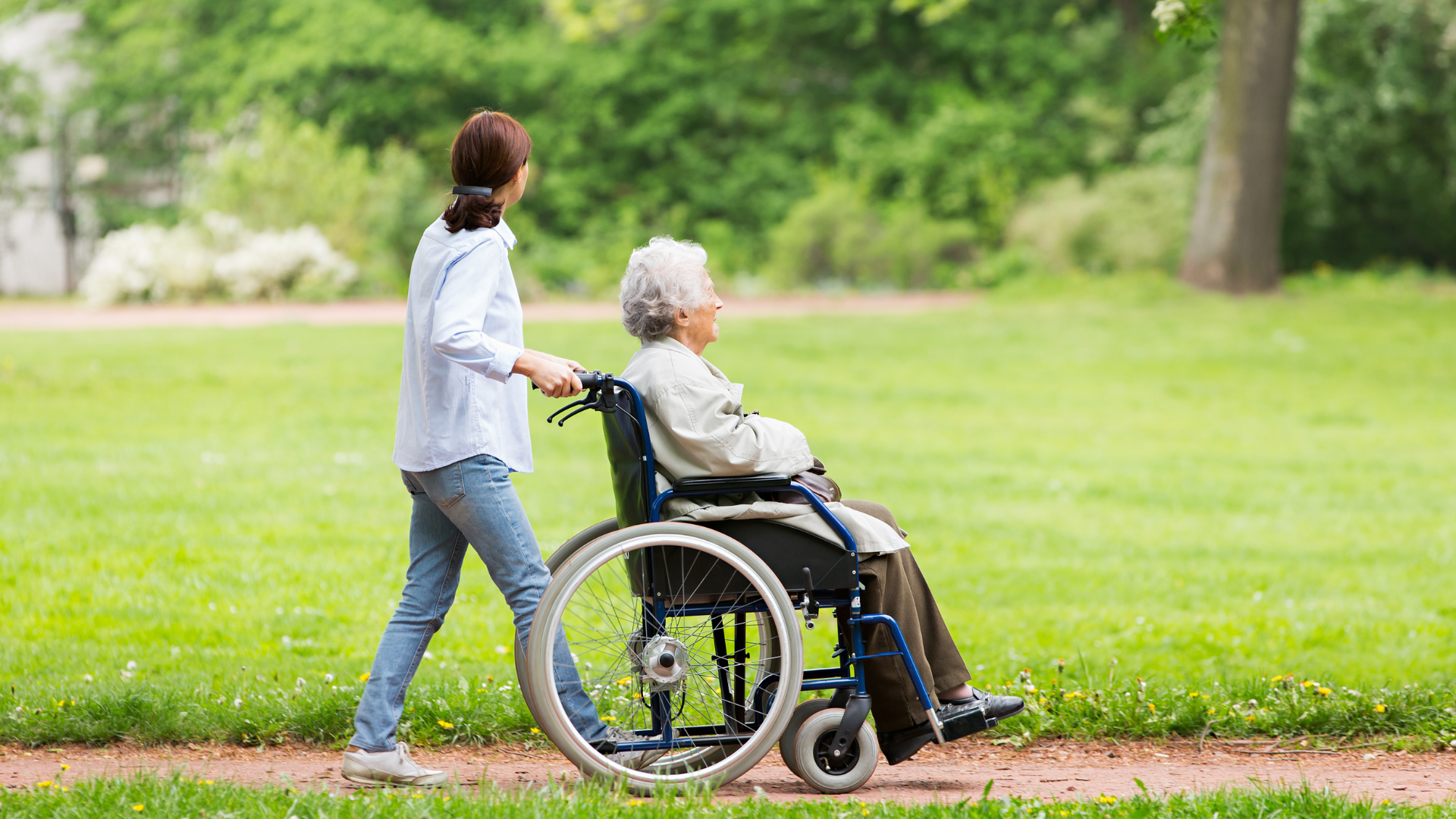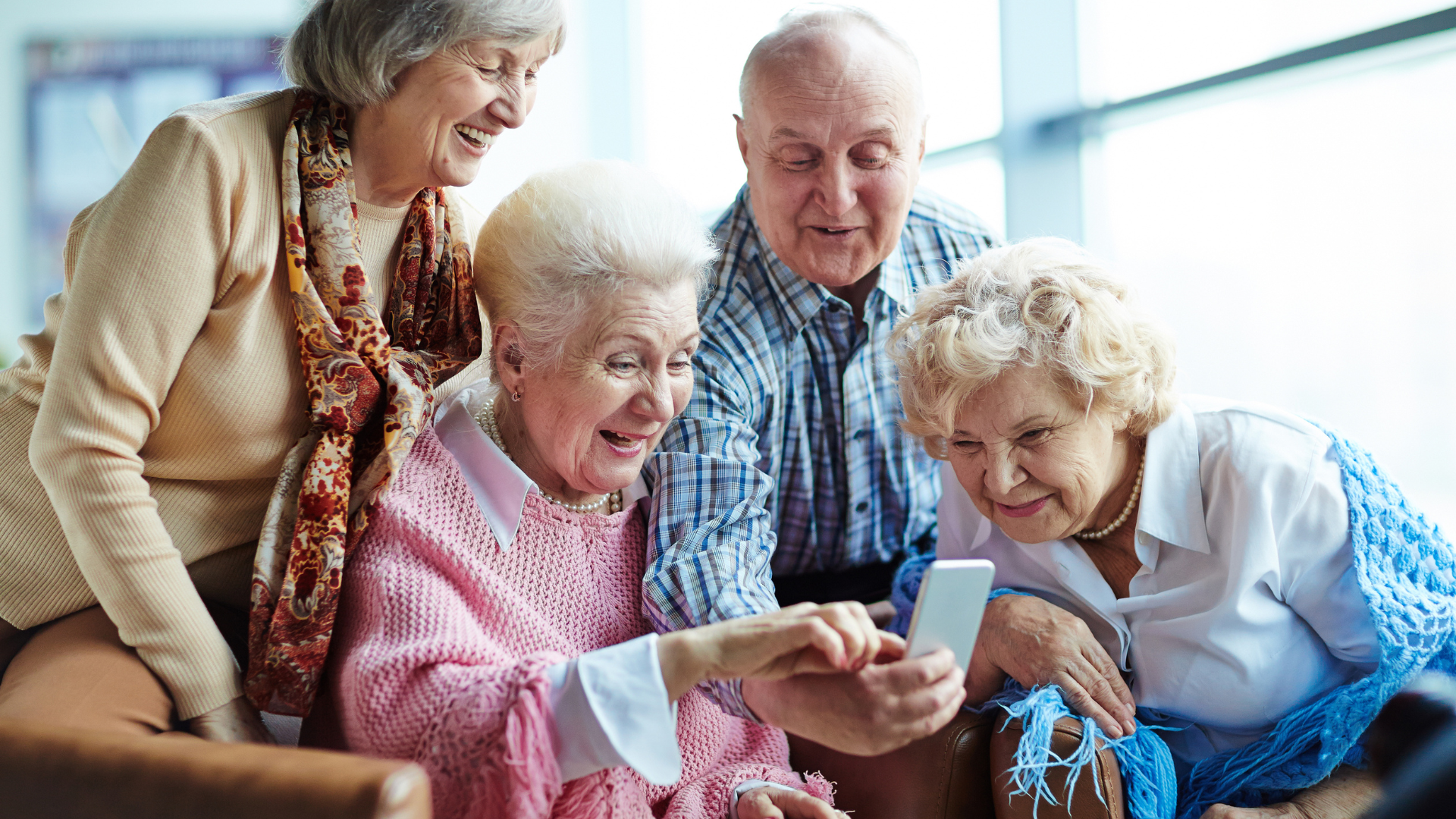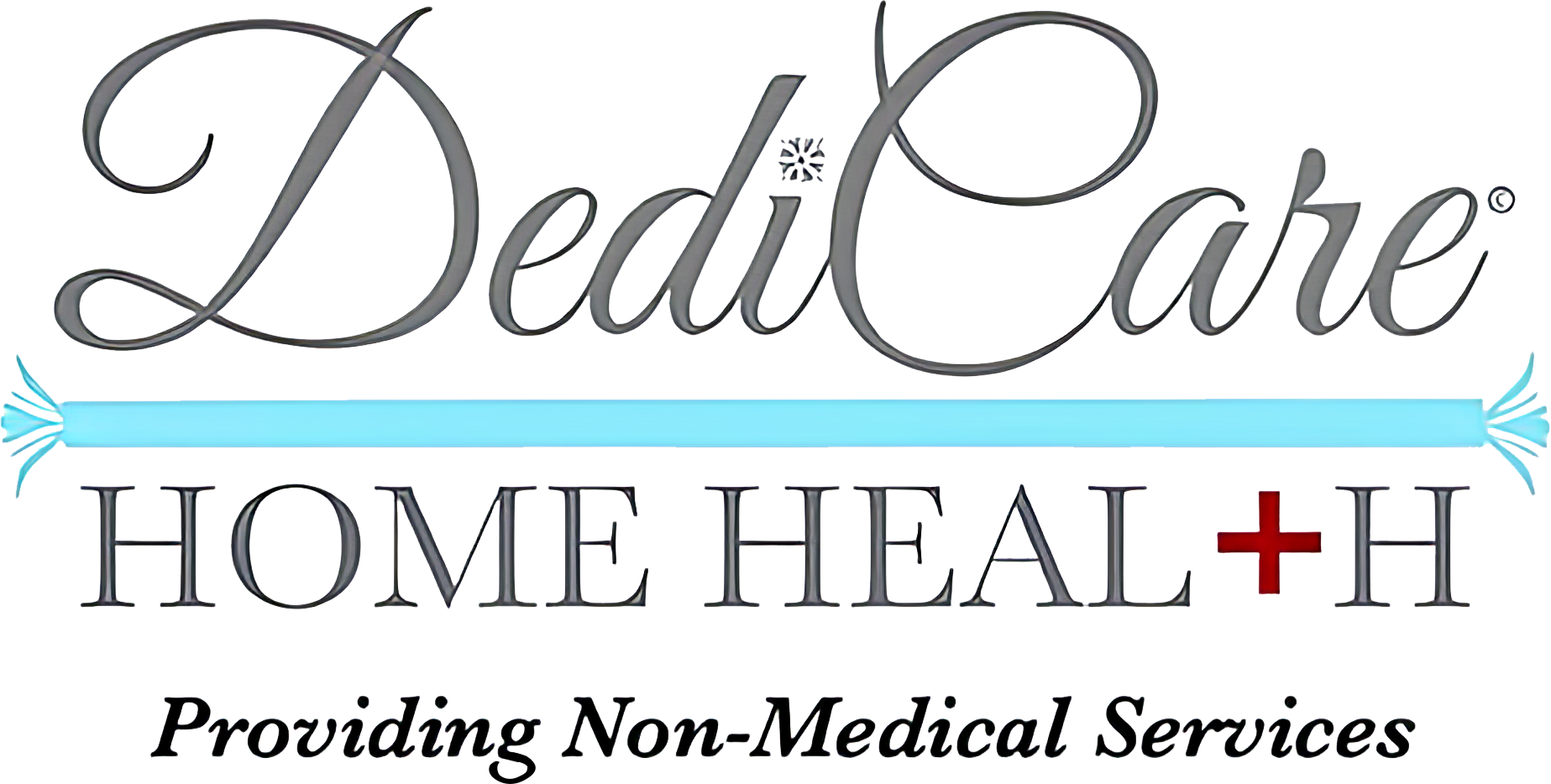Revolutionizing Home Health Care: Unveiling the Impact of Telehealth and Remote Monitoring Technology
In recent years, home health care has transformed significantly, thanks to advances in technology.
The healthcare industry is rapidly evolving, and one of the most significant shifts in recent years has been the integration of telehealth and remote monitoring technology. These innovations are not only enhancing the delivery of healthcare services but are also transforming the way patients experience care at home. As home health care services become more advanced, telehealth and remote monitoring are making it easier, faster, and more effective to manage chronic conditions, recover from illness, and maintain overall health—all from the comfort of one's own home.
In this blog, we will explore how telehealth and remote monitoring technology are revolutionizing home health care, improving patient outcomes, and offering more accessible, efficient, and affordable health care options.
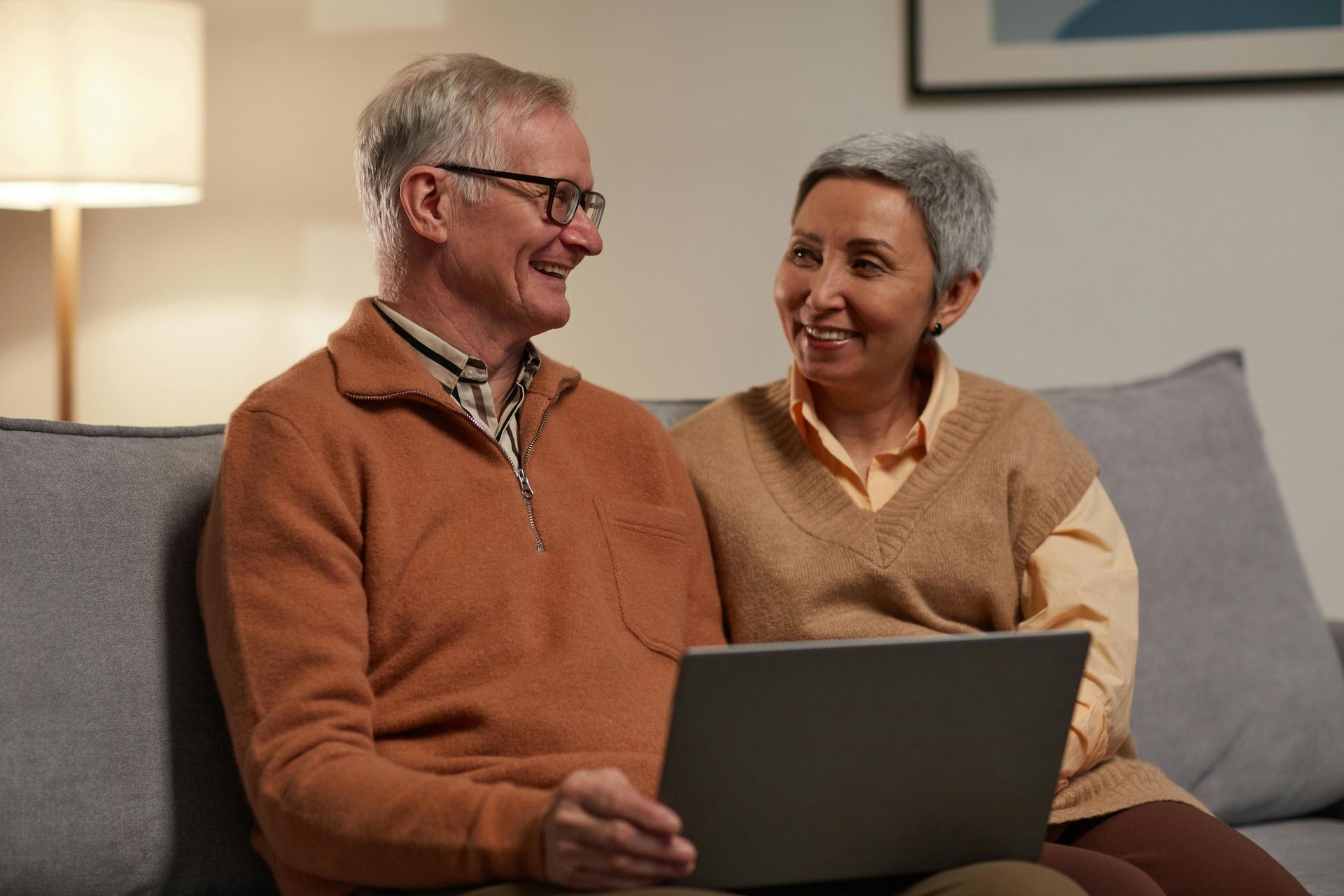
1. What is Telehealth?
Telehealth, sometimes referred to as telemedicine, is the delivery of healthcare services through digital platforms, such as video calls, phone consultations, or online messaging. It allows patients to consult with healthcare providers remotely, eliminating the need for in-person visits for routine check-ups, follow-up appointments, or non-emergency health concerns.
Types of Telehealth Services:
- Video Consultations: Virtual visits with healthcare providers where patients can discuss symptoms, receive diagnoses, and get medical advice without leaving their homes.
- Telephone Consultations: For patients without internet access or those who prefer phone calls, this service provides the same benefits as video consultations but over the phone.
- Online Messaging and Chat: Secure messaging platforms allow patients to communicate with their healthcare providers for advice, prescription refills, or questions about treatment plans.
Telehealth is beneficial for people with mobility challenges, those living in rural or remote areas, and individuals who struggle with transportation. It ensures that patients can access quality care without the need for travel or long waits in a clinic.
2. What is Remote Monitoring Technology?
Remote monitoring technology refers to the use of devices and sensors that allow healthcare providers to track a patient’s vital signs and health data from a distance. This can include everything from heart rate and blood pressure to glucose levels and oxygen saturation. These devices are often paired with telehealth platforms to provide continuous care and real-time updates on a patient’s condition.
Examples of Remote Monitoring Devices:
- Blood Pressure Monitors: These devices allow patients to measure their blood pressure at home and send the data to their healthcare provider for analysis.
- Glucose Meters: Used by individuals with diabetes, these meters allow for continuous glucose monitoring, helping patients manage their condition effectively.
- Pulse Oximeters: These devices measure blood oxygen levels, crucial for patients with respiratory conditions like COPD or COVID-19.
- Wearable Fitness Trackers: Devices like smartwatches can track activity levels, heart rate, and sleep patterns, providing valuable insights into overall health and wellness.
These technologies make it possible for healthcare providers to monitor patients’ health outside of the traditional clinical setting. By receiving real-time updates, providers can intervene early if a patient’s condition worsens, preventing hospitalizations and improving long-term health outcomes.
3. The Impact of Telehealth and Remote Monitoring on Home Health Care
Telehealth and remote monitoring technology have significantly impacted home health care, improving both patient and provider experiences. Here's how:
Enhanced Access to Care
Telehealth eliminates geographic barriers, allowing individuals living in rural or underserved areas to access medical professionals without traveling long distances. Remote monitoring also ensures that patients with chronic conditions, such as heart disease, diabetes, or respiratory illness, receive continuous care and monitoring without needing to leave their homes.
Improved Patient Outcomes
With real-time monitoring and remote consultations, healthcare providers can spot warning signs earlier and make timely interventions. This proactive approach to care helps prevent complications and reduces the need for emergency room visits or hospital readmissions. Remote monitoring also allows for personalized care that is tailored to each patient’s unique needs.
Convenience and Comfort
Patients no longer have to worry about taking time off work or arranging transportation to attend a doctor’s appointment. With telehealth, patients can connect with healthcare providers from the comfort of their own home, saving time and reducing stress. Similarly, remote monitoring means that patients can go about their daily lives while still having their health closely monitored by a medical professional.
Cost-Effective Health Care
Telehealth and remote monitoring technologies can reduce healthcare costs by decreasing the need for in-person visits, minimizing hospital admissions, and allowing for early detection of issues before they escalate into more costly treatments. This makes healthcare more affordable for patients, especially those with chronic conditions that require frequent monitoring.
Empowering Patients
These technologies empower patients to take an active role in their health. With tools that track and report on their health data, patients are more informed about their conditions, which helps them make better decisions about their care. Telehealth consultations also provide a more personalized experience, with healthcare providers offering tailored advice based on the patient's specific needs.
4. Challenges and Considerations
While telehealth and remote monitoring have undoubtedly revolutionized home health care, there are still challenges to address:
- Technology Access and Literacy: Not everyone has access to the necessary technology, such as smartphones, internet connections, or computers. Additionally, some individuals may not be comfortable using these digital platforms, particularly older adults.
- Privacy and Security Concerns: As with any digital health tool, there are concerns about the security of patient data. It is essential that healthcare providers and technology developers follow strict protocols to ensure patient privacy and protect sensitive health information.
- Regulatory and Reimbursement Issues: While telehealth has grown rapidly, reimbursement policies for these services vary across different healthcare providers and insurance companies. Additionally, telehealth regulations differ from state to state, and navigating this complex landscape can be challenging.
5. The Future of Telehealth and Remote Monitoring
The future of telehealth and remote monitoring technology looks promising. As technology continues to advance, we can expect more sophisticated devices, better connectivity, and increased adoption of telehealth services across the globe. Additionally, as healthcare systems increasingly embrace digital health tools, we anticipate broader access to these services, even in rural or underserved areas.
The integration of artificial intelligence (AI) and machine learning into remote monitoring devices will further enhance their ability to predict health trends and provide more accurate, personalized care. This evolution will allow for even better outcomes, with healthcare providers receiving more detailed insights into a patient’s condition and being able to intervene earlier when necessary.
Conclusion
Telehealth and remote monitoring technology are revolutionizing home health care, making it more accessible, affordable, and effective for individuals of all ages. These innovations allow for continuous, personalized care that is tailored to a patient’s specific needs, all while providing convenience and improving health outcomes.
By reducing barriers to care, empowering patients, and enabling real-time monitoring, telehealth and remote monitoring are reshaping the future of healthcare. As these technologies continue to evolve, the future of home health care will become even more patient-centered, efficient, and impactful.
Contact us today to learn more about how telehealth and remote monitoring can enhance the care you provide to your loved ones or patients. Let’s embrace the future of healthcare together, ensuring that every patient receives the care they deserve—no matter where they are.


